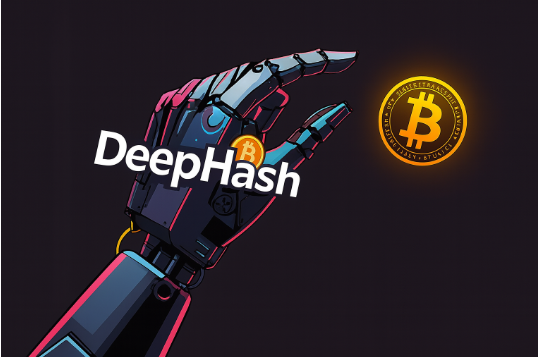Crypto mining has become one of the most talked-about technologies in the digital economy. It’s the process that powers decentralized cryptocurrencies like Bitcoin, validating transactions and securing the network. Yet, beyond the hype, mining is a complex intersection of mathematics, computer science, and economics.
What Is Crypto Mining?
Crypto mining refers to the computational process of verifying and adding new transactions to a blockchain ledger. In proof-of-work (PoW) systems such as Bitcoin, miners compete to solve cryptographic puzzles. The first one to solve the puzzle earns the right to add a new block to the chain — and in return, receives a block reward in the form of newly minted coins plus transaction fees.
In simpler terms, mining is both:
-
A security mechanism that keeps decentralized networks trustworthy.
-
A monetary system that issues new digital currency units over time.
How Crypto Mining Works
-
Transaction Verification – When users send cryptocurrency, the transaction is broadcast to a global network.
-
Block Formation – Transactions are grouped into a candidate block.
-
Hash Calculation – Miners use powerful hardware to find a hash (a cryptographic fingerprint) below a target difficulty.
-
Consensus – Once a miner finds a valid hash, it’s verified by others on the network.
-
Reward Distribution – The successful miner receives newly generated coins and fees.
This entire process repeats approximately every 10 minutes on the Bitcoin network.
Mining Hardware Evolution
Mining started in 2009 with regular CPUs. As competition intensified, miners transitioned to:
-
GPUs (Graphics Processing Units): Faster and more efficient than CPUs.
-
FPGAs (Field-Programmable Gate Arrays): Customizable chips offering better performance.
-
ASICs (Application-Specific Integrated Circuits): Purpose-built machines that dominate modern Bitcoin mining.
ASICs can perform trillions of hashes per second but consume significant electricity — a key challenge in mining sustainability.
Environmental and Economic Impact
One of the most controversial aspects of crypto mining is its energy consumption. Bitcoin mining alone is estimated to use more electricity than some small countries.
Efforts to reduce this footprint include:
-
Transitioning to renewable energy sources such as hydro, wind, and solar.
-
Optimizing mining equipment for energy efficiency.
-
Exploring proof-of-stake (PoS) systems, which eliminate energy-intensive computation entirely.
The Shift to Proof-of-Stake
Ethereum’s 2022 merge marked a historic moment: the second-largest blockchain moved from PoW to PoS, cutting energy usage by more than 99%.
This shift signals a broader trend toward sustainability — where mining evolves into staking, and validation depends on ownership and security deposits rather than raw computing power.
Global Mining Landscape
Mining hubs have shifted geographically over the years.
-
China once dominated but faced government crackdowns in 2021.
-
North America has since become a leading region, thanks to transparent regulations and renewable energy access.
-
Kazakhstan, Russia, and Iceland also host significant mining operations due to cheap electricity and cold climates.
Profitability and Risks
Mining profitability depends on:
-
Coin price and network difficulty
-
Electricity costs
-
Hardware efficiency
-
Market volatility
While early miners earned substantial rewards, modern operations require large-scale infrastructure, strategic energy sourcing, and professional risk management.
The Future of Crypto Mining
The future of crypto mining lies in innovation and adaptation. Expect to see:
-
More eco-friendly mining farms powered by renewables.
-
Integration of AI for optimizing energy use.
-
Hybrid consensus models blending PoW and PoS for better security and efficiency.
-
Regulatory clarity, shaping how and where mining operates legally.
Conclusion
Crypto mining remains the backbone of decentralized finance. Though it faces challenges—environmental, technical, and regulatory—it continues to evolve. Whether through cleaner energy, smarter hardware, or alternative consensus mechanisms, mining will likely play a critical role in shaping the digital economies of the future.


Leave a Reply